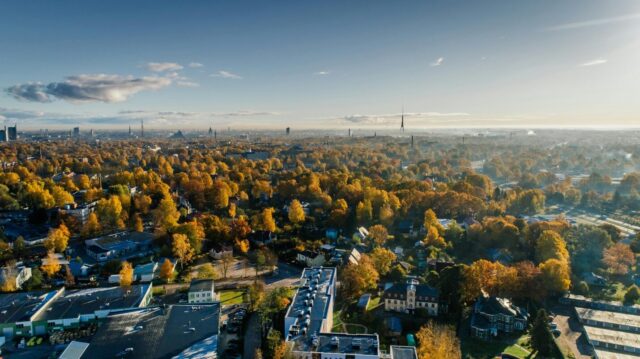Local funding efforts play a pivotal role in turning declining urban neighborhoods into vibrant hubs of activity and culture. These initiatives are not just about beautifying streets or constructing buildings; they’re about breathing new life into communities, boosting property values, and instilling a renewed sense of pride among residents. This blog explores how targeted real estate financing options can transform urban areas, drawing on successful examples to highlight the positive changes.
The Power of Local Funding
Local funding for neighborhood redevelopment typically involves investments from city budgets, grants, and sometimes contributions from private developers. These funds are used to improve infrastructure, provide public amenities, and sometimes support local businesses. The rationale is simple: when neighborhoods look better and offer more services, they attract more residents and businesses, which in turn boosts the local economy and property values.
Case Studies of Successful Neighborhood Transformations
The High Line, New York City
Originally an abandoned railway line, the High Line was transformed into a public park through a partnership between the city government and a community-based nonprofit organization. The project was funded through city bonds, corporate donations, and private fundraising. Since its completion, the High Line has not only become a major tourist attraction but has also significantly increased the property values in the surrounding neighborhoods. It’s a prime example of how innovative funding strategies can repurpose unused structures and contribute to urban renewal.

Midtown Detroit, Michigan
Over the past decade, Midtown Detroit has undergone a remarkable transformation driven by a combination of nonprofit, government, and private funding. Investments have been channeled into housing renovations, new cultural institutions, and public infrastructure. The area has seen a dramatic rise in property values and a decrease in vacancy rates, turning it into a desirable place to live and work.
The Pearl District, Portland, Oregon
Once a rundown industrial area, the Pearl District was revitalized through significant investment from local development agencies and private investors. The introduction of modern urban planning combined with incentives for developers has led to an influx of new residents and businesses, skyrocketing property values, and a vibrant arts scene.
Impact on Property Values
The direct correlation between local funding efforts and rising property values is evident in the aforementioned examples. When areas are redeveloped, they become more attractive places to live. This desirability leads to increased demand for housing, which drives up property values. This not only benefits homeowners but also increases the tax base of the area, providing more funds that can be reinvested into local communities.
Boosting Community Pride and Economic Growth
Beyond economic metrics, revitalization projects nurture immense community pride. Beautification projects, new public spaces, and improved amenities make residents feel valued and proud of their neighborhoods. This emotional investment encourages community involvement and the upkeep of the area, creating a positive cycle of engagement and improvement.
Moreover, as neighborhoods are revitalized, they attract businesses, which leads to job creation and more robust economic growth. This, in turn, attracts more residents and investors, creating a virtuous circle of development.
Premier RE Consultants can guide you through the complexities of property investment strategies and real estate investment financing options. Whether you’re interested in real estate investment opportunities or a seasoned investor seeking expert real estate insights, our team provides professional real estate advice to help you make informed decisions.
